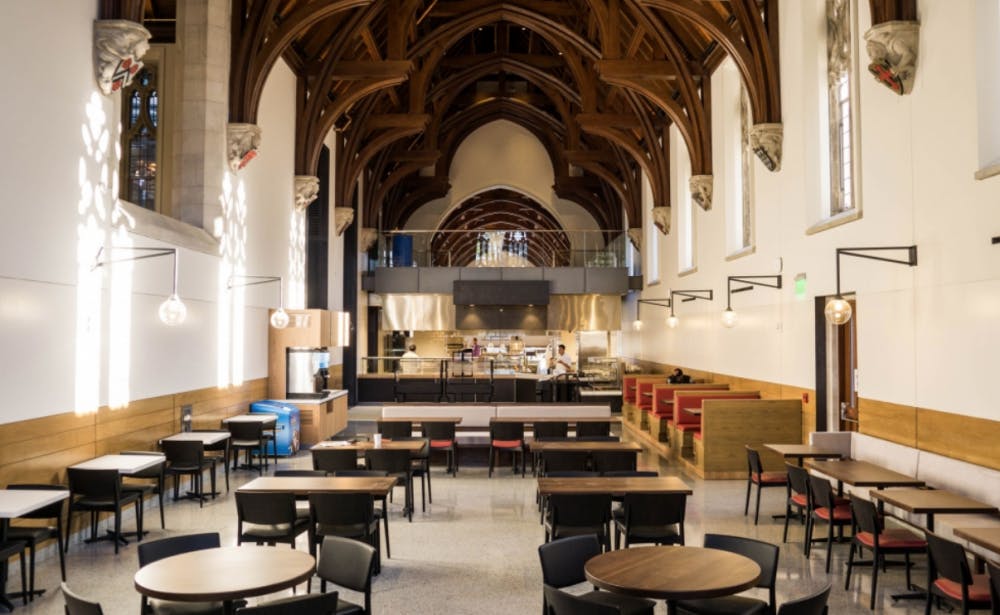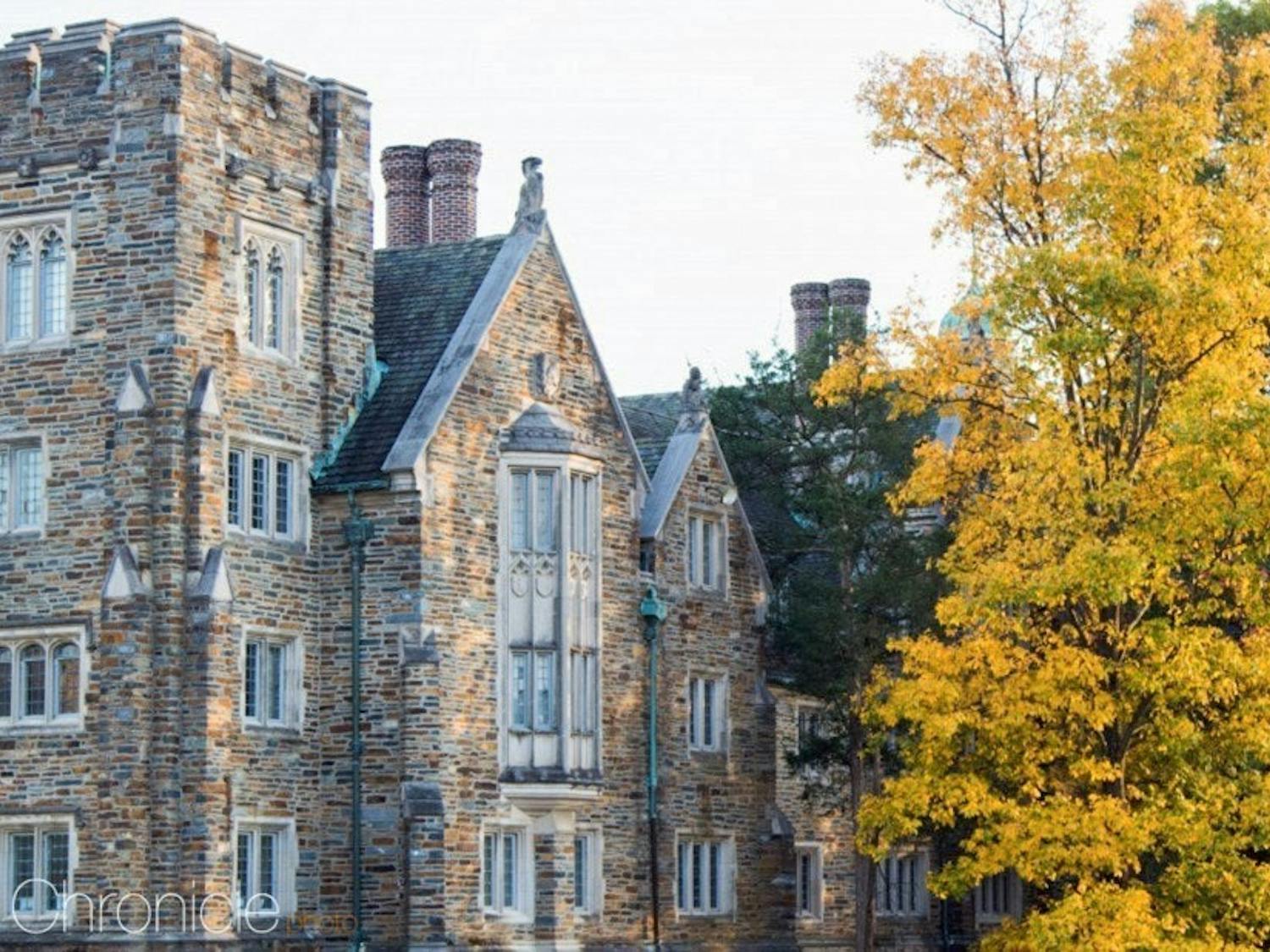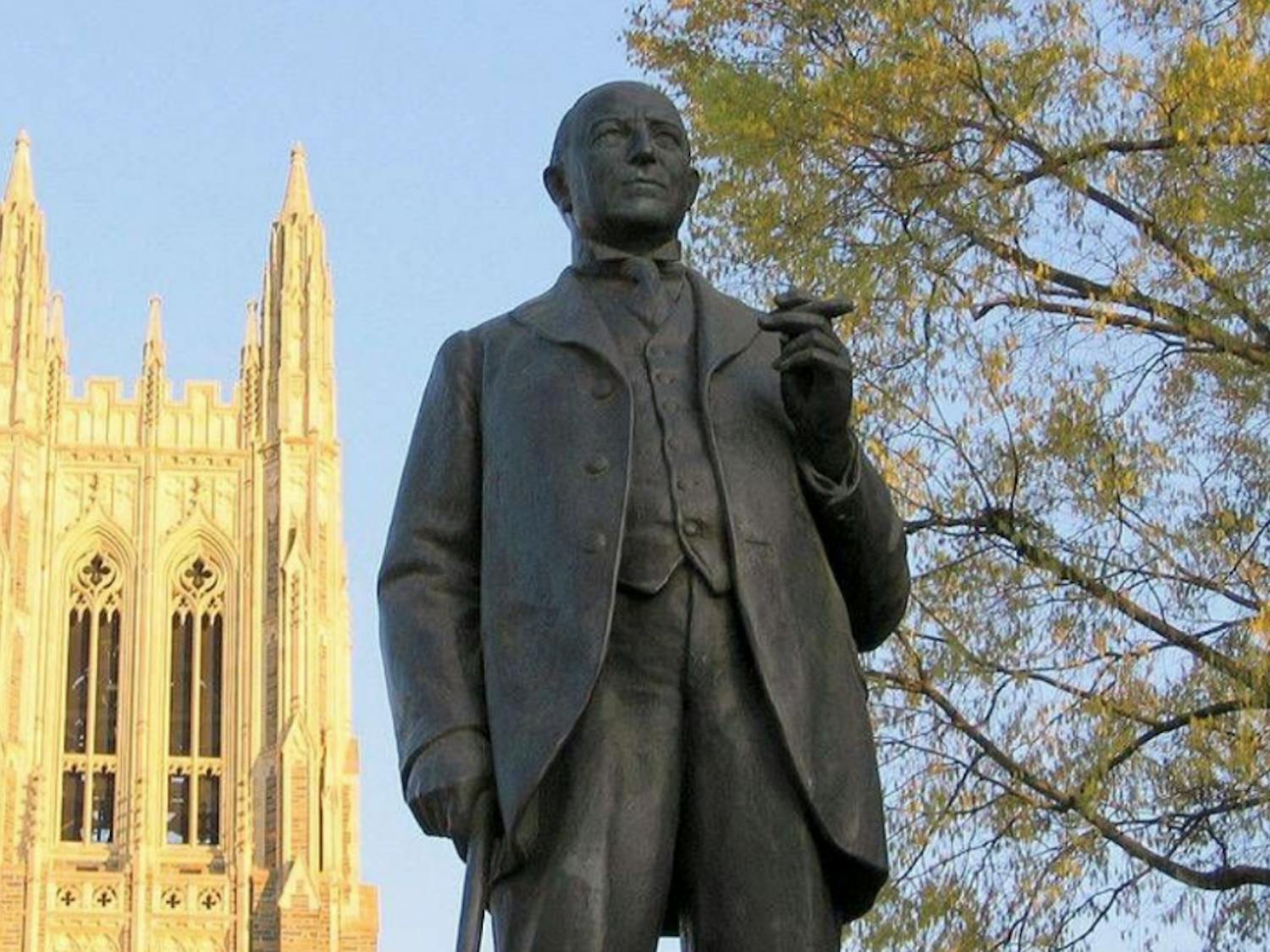However, he said that different needs from the Wilson Gym community necessitated a different venue from what Quencher’s was currently offering.
“These changes are always unfortunate,” Moneta said. “We’re trying to meet multiple needs including that of the host facility. We’re trying to be as supportive as we can.”
Local universities
Duke may pride itself on its partnerships with local vendors, but how truly unique is that in the world of higher education?
North Carolina State University runs its entire dining operation using university employees, with no outside vendors at all.
Randy Lait, senior director for hospitality services at N.C. State, explained that while they have some chain restaurants on campus—like Chick-fil-A, Starbucks and Jason’s Deli—these places are franchised by N.C. State and run by dining workers.
He explained that he’s worked in dining at N.C. State since the late 1970s. At the time, they had bad experiences with outside vendors and decided to just make everything in-house.
“Let’s do this ourselves and do it well and have control over it, instead of arguing over how well an outside company is doing,” he said. “I grew up here with that as a core principle for us.”
Lait said this allows N.C. State to have more control of its dining options, instead of having policies dictated to them by an outside company. It’s also easier for them to be more transparent about the ingredients in the menu items, for example.
The one exception is the food trucks they started bringing to campus about six or seven years ago. The trucks serve lunch on parts of campus that lack many food options.
N.C. State isn’t making any profits off the trucks, Lait said.
“That was one where there wasn’t a whole lot of money involved, they’re just out there Monday through Friday for lunch,” he said.
Wake Forest University, on the other hand, hires a dining operator to run their campus dining programs, while also partnering with some local businesses to bring their food to campus, explained John Wise, associate vice president for hospitality and auxiliary services.
They have two main residential dining halls along with retail-type vendors like Subway and Einstein Bros. Bagels, which are franchised by the dining operator. Wake Forest has also partnered with some local pizza venues that can deliver to campus and are on students’ meal plans.
On Fridays, some food trucks visit campus, which Wise said serves as a “monotony breaker.”
The University of North Carolina at Chapel Hill combines in-house food with local vendors.
Scott Weir, general manager for Carolina Dining Services, explained that the school’s dining hall operations are handled by UNC employees, from sourcing the food to hiring workers to preparing the meals.
They’ve franchised with companies like Chick-fil-A and Starbucks, which are run by UNC workers, and also make agreements with local restaurants to rent space from them. These businesses bring in their food and provide the labor, getting to keep the sales minus the cost of rent, Weir noted.
“We do that mainly to ensure there is a highly authentic ethnic offering,” he said. “That model has worked pretty well. We makes sure the subcontractors or partner restaurants understand our food safety standards.”
These partnerships are also good from a “town and gown” perspective, he noted.
“It’s not like we’re trying to take business from Franklin Street,” he said. “It’s about giving the students options here on campus that they want.”
Food vs. academics
With so much focus on dining satisfaction, colleges like Duke are funneling money into their food programs, resulting in more choices than ever for students. It’s no longer just a cafeteria serving slices of pizza. Instead, it’s multi-million dollar facilities offering custom-made options with organic ingredients.
No student wants to suffer through four years of bad food—but are these upgrades coming at the expense of academics and financial aid?

Moneta said that he views dining as an essential part of university life because it can foster connections among diverse students and faculty.
“We want our dining to be a frequent and serious contributor to a sense of community,” he said.
Lait from Wake Forest agreed, noting that the top-tier schools want to have top-tier food. He views dining as more than just providing sustenance for students—it’s part of the university experience.
“There is so much that you learn as a student in the classroom, but there is also so much that you learn by being at an institution,” he said. “Our campus dining facilities create a place where people can go and be comfortable and be around other people and get a sense of being part of the university.”
Still, he acknowledged the importance of making sure the dining operations are affordable for the university and not taking away from other resources. For Taylor from DUSDAC, Duke brings in so much money that he thinks it can afford to spend as much as it does on dining. He noted that the Brodhead Center isn’t just about the food, but creating a central campus hub.
He said seems like universities in general are investing more in student services like housing and dining, which he views as a positive trend.
Although every college wants its students to be comfortable, Coffey emphasized that academics are the priority of Duke and should be. But the environment you live in while studying is also crucial.
To that end, Duke Dining is continuously working to give students the best food it can.
“If you are going to a great university, hopefully everything about that university is great,” he said. “We’re trying to provide that service across the board.”
By Shannon Fang
|
September 25, 2018
Duke’s changing infrastructure, disparity in housing amenities and large proportion of students in selective living make housing reform a difficult case.
By Bre Bradham
|
April 9, 2018
When you walk around the corner of Rubenstein Library that juts out toward the bus stop, the first thing you see is the towering Chapel and the statue of James B. Duke. But tucked down low on the corner itself, hidden behind purple and white blooms during the spring and summer, is a less conspicuous monument to the tobacco philanthropist—a thick gray cornerstone that reads “Duke University, Founded by James B. Duke, December 1924.”
By Claire Ballentine
|
April 4, 2018
Some students come to Duke eager to get involved in the activist culture that colleges are known for having. Victoria Pannell is a bit ahead of the game—her entire life has already revolved around activism.





